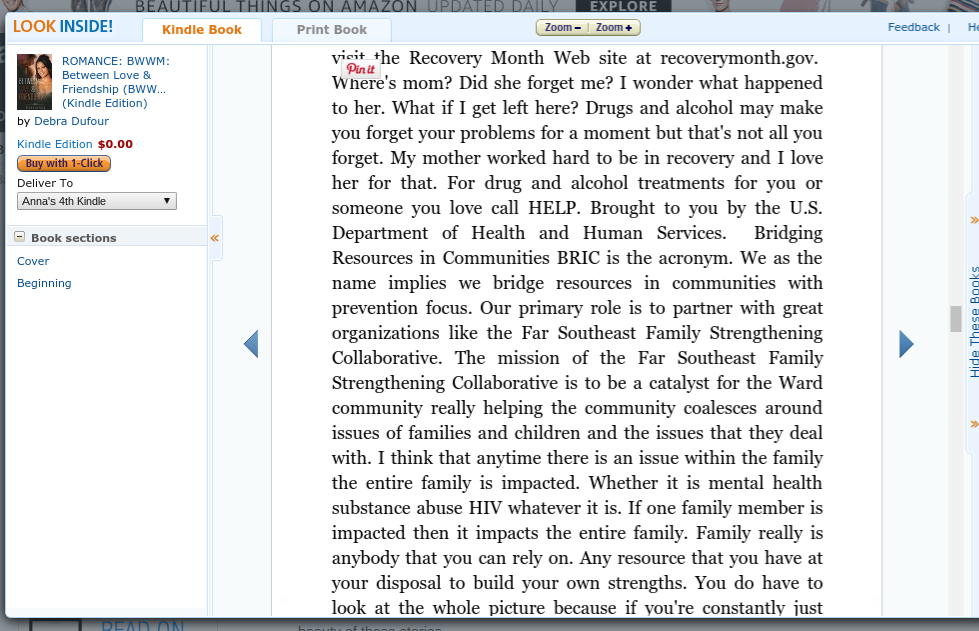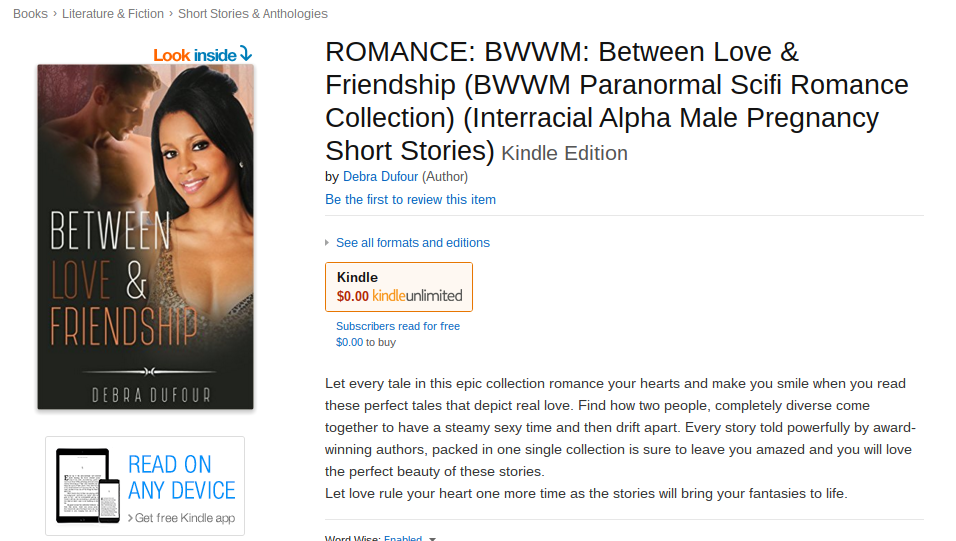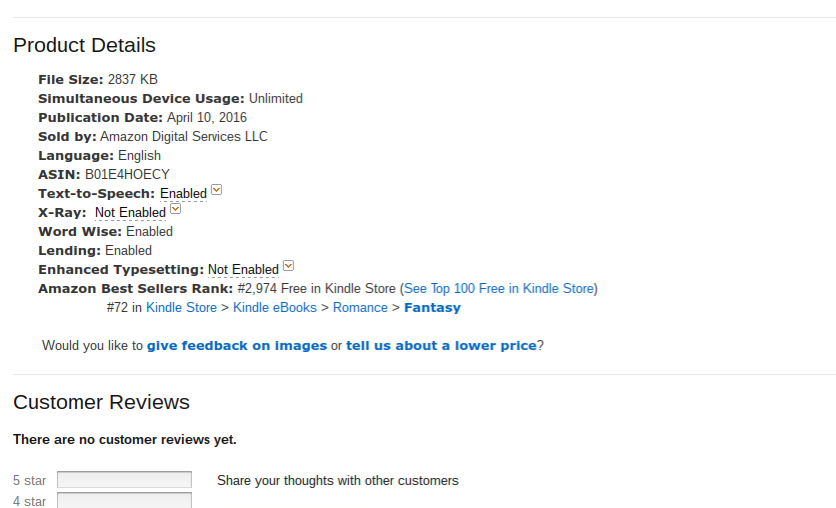Fraud reading pages in Kindle Unlimited
 Independent authors complain that there are a lot of scammers at the Kindle Unlimited e-book store (KU). These teenagers are not shy about showing off on YouTube their checks for $ 70,000 or more, which they earned in a month at KU by dishonest means. And there are hundreds of such teenagers.
Independent authors complain that there are a lot of scammers at the Kindle Unlimited e-book store (KU). These teenagers are not shy about showing off on YouTube their checks for $ 70,000 or more, which they earned in a month at KU by dishonest means. And there are hundreds of such teenagers. The authors themselves suffer from fraudsters, because they receive less fees, and readers, because it is more difficult for them to find interesting and necessary books.
The worst thing is that Amazon is clearly up to date, but cannot or does not want to do anything. Perhaps for them the number of "parasites" is too small, so it is easier to turn a blind eye to the problem.
What's happening?
In the current program KU 2.0 authors receive a fee for the number of pages read, regardless of the cost of the book. That is, all subscription money collected from readers is then distributed among authors, in proportion to the number of pages read in books. The average is about $ 0.0045 per page, which is one and a half dollars for an average 350-page book, writes Ann Christie, the author of several books and a participant in the KU program.
The scammers were the first to realize that Amazon was lying. The company actually does not know how many pages are read in the book, but takes into account only the last open page .
Amazon knows exactly about fraud, because recently it has suddenly reduced the maximum allowable number of pages in e-books to 3000. This is clearly not an accident. Before the changes on KU there were books of 10 000 pages. Even with the lowest pay of $ 0.0041 per page, this is a good amount.
Actually, to the point of fraud.
1. A fraudster buys through an advertisement or writes a bad book or a part of it. It is enough for several pages to pass a quick glance.
2. The fraudster fills 3000 pages with junk text based on synonyms on a given topic, there are text generators on the Internet for such purposes.
The work of the text generator
3. The scammer creates 25 versions of this book with various garbage text after the first few pages.
4. The scammer creates a new KDP account using a fresh EIN.
5. The scammer downloads each of the 25 versions of the book with the names of 25 different authors, enters them into the KDP Select system, and as soon as they are published online, immediately activates a free promotion that lasts 5 days. Then the book enters the KU program and becomes available for free “purchase”.
An example of a scam book
6. A scammer reports a book to employees of his click farm or click cooperative, and gives them a link.
7. Employees of the cooperative (or it may be one person with multiple accounts) download each of the 25 books and open it on the last page. The scammer also buys clicks to raise the book in the ranking of free books and attract real readers.
8. The scammer earned several thousand dollars. Ann Christie writes that fraudsters are getting smarter, so they correctly distribute the number of clicks for a three-day period, so as not to arouse suspicion.
9. A fraudster removes books from sale in order not to receive a large number of negative reviews and reports of fraud by unauthorized persons.
10. A fraudster waits for money to be deposited, cashes them and takes a day off to celebrate earnings, and then repeats everything again.
With a cooperative of 25 people with two KU accounts for each profit from the sale of each book will be $ 600, and 25 books will bring $ 15,000 for several days of work with a minimum of effort. The costs are only a couple of tens of dollars for the purchase of accounts and, possibly, the purchase of book covers.
Turning such a scam once a week, a fraudster makes $ 60,000 a month. Some of them get much more, according to Christie.
It is a shame to see that honest authors receive much lower fees, although they put their heart and soul into their books, and do not generate texts with computer programs.
Most importantly, under the terms of KU, fees are paid to both real authors and scammers from the common pool. That is, every $ 100,000 of payments to fraudsters for the same amount reduces the amount of payments to real authors. The more scammers - the less the cost per page read.
Amazon companies, in principle, don't care. In any case, she gets her percentage, but for authors of books and readers this is a real problem.



